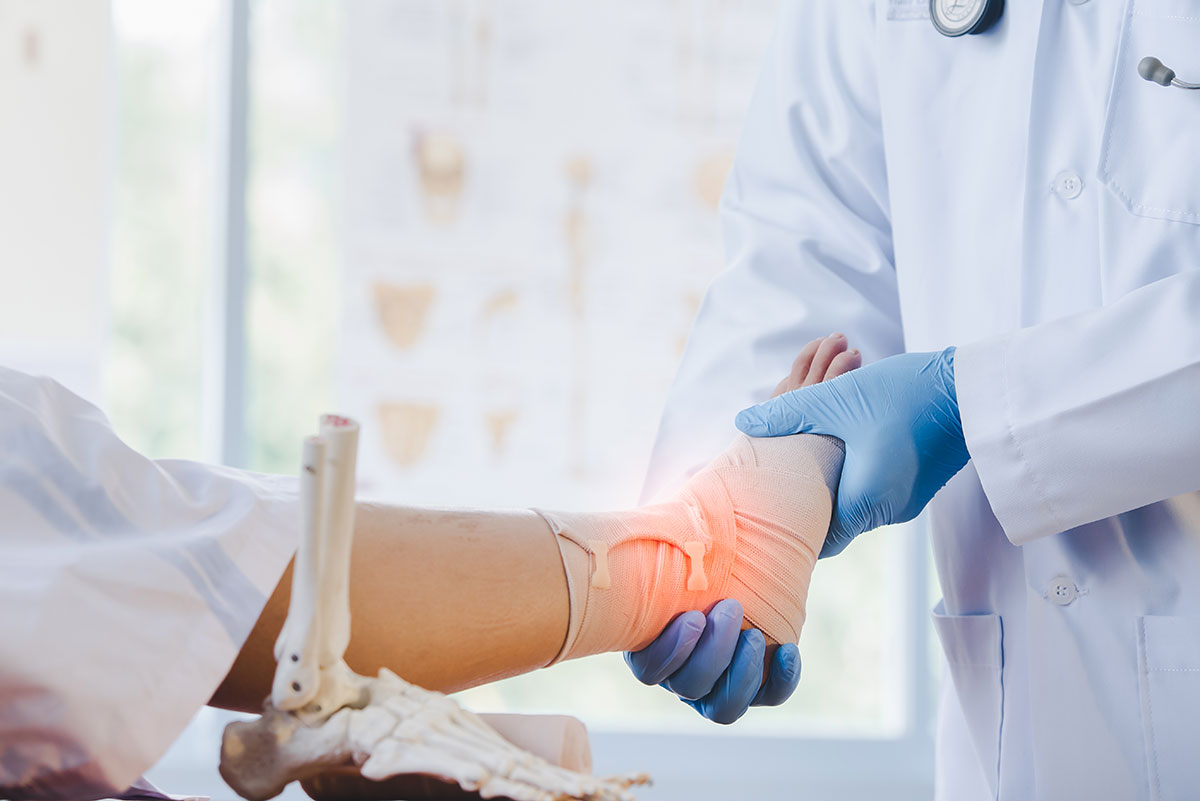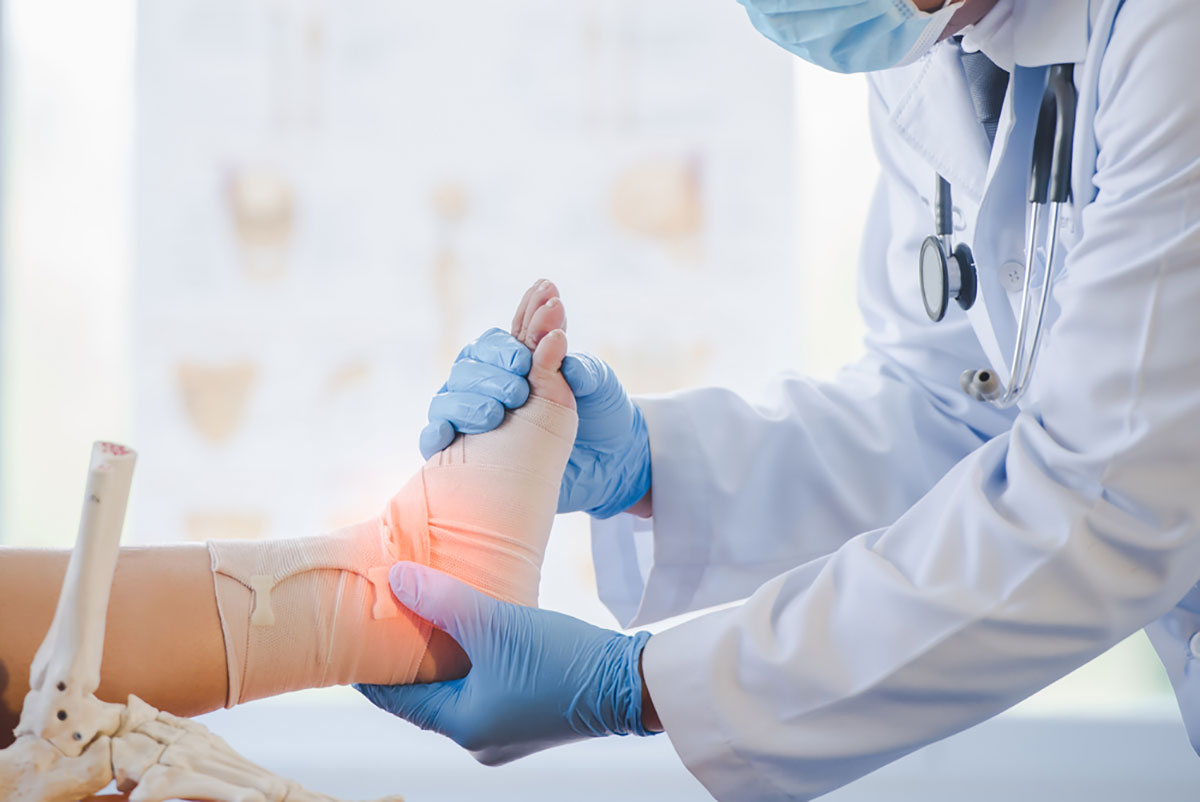Orthopedic Leg Pain: Understanding and Care
The phrase ‘lower extremity’ is a broad one, but its implications are specific. Orthopedic leg pain often affects the lower extremities, including the hip, knee, ankle, and foot. Injuries or degenerative conditions of the bones, joints, ligaments, or muscles are usually the cause.
Lower Extremity Pain: Symptoms to Look Out for
Aching, burning, stiffness, swelling, and tenderness are all common symptoms of orthopedic leg pain. Whether it’s local or widespread, one form of lower extremity pain or another can exist in either one leg or both. There may be mild to severe symptoms, which may worsen with movement. You may feel numbness, tingling, weakness, or even a burning feeling, along with pain. There may be times when the pain gets worse at night or when pressure is applied.
Different treatments may be offered depending on the symptoms one may be experiencing. Medications, physical therapy, and rest are all options for orthopedic treatment. Depending on the root issue, surgery may be needed.
You should seek medical attention if you’re experiencing leg pain that doesn’t go away or is joined by other symptoms. Getting to the root of the pain and finding the best treatment is possible with your physician’s help.
Blood Circulation and Orthopedic Leg Pain
Poor blood flow, which can cause a variety of symptoms in the legs, may be the source of orthopedic leg pain. Insufficient blood flow can cause swelling, cramping, and soreness.
Muscles and bones in your legs may suffer from lower extremity pain when veins aren’t able to transport blood and oxygen to those areas. Besides having poor blood flow, varicose veins can also cause pain.
There is even a possibility that it can cause a serious medical condition called “deep vein thrombosis,” which can cause pain, swelling, and even blood clots in the legs. Ensuring proper circulation of blood through the veins can relieve orthopedic leg pain.
Treatment for Orthopedic Leg Pain
The right treatment plan can reduce or even completely stop pain in the lower extremities. Rest, physical therapy, medications, or surgery can treat orthopedic leg pain, based on the core issue. Physical therapy and rest can reduce pain, improve range of motion, and maintain muscle strength. Non-steroidal anti-inflammatory drugs (NSAIDs) and muscle relaxants can treat some forms of inflammation and pain. However, finding the root issue is always the first step.

Physical therapy is often a good treatment for orthopedic leg pain. Exercises like stretching and strength training, along with hot and cold treatments, are all part of this. Physical therapy improves strength and flexibility in the legs. In addition to soothing pain and stiffness, massage therapy may also bring relief.
There are other options for treating pain, such as medication. Non-steroidal anti-inflammatory drugs (NSAIDs) can reduce pain and inflammation. Particular patients may require surgical treatment. These surgeries usually fix a torn ligament or tendon or remove bone spurs. In most cases, surgery is a last resort.
A good diet and changing one’s lifestyle can also reduce lower extremity orthopedic leg pain. It’s also important that you rest when you need it and avoid activities that tend to put a strain on your legs.
It’s possible to reduce or eliminate pain with physical therapy, medication, lifestyle changes, and maybe surgery. Again, consult your physician to learn the best treatment plan that may work for you personally.
Wellness and Pain Can Help
A range of orthopedic leg pain treatment options are available at Wellness and Pain to treat lower extremity conditions. Using a variety of methods, we offer conservative treatments, minimally invasive quick recovery procedures, and surgery. Our services include medical massage therapy, acupuncture, radiofrequency vein ablation, hip and knee injections, arthroscopy, platelet-rich plasma injections, anesthetic injections, and visco-supplementation injections.
We customize patient care plans based on their condition and unique circumstances. The goal of our treatment is to relieve pain, improve range of motion, and prevent further injuries. The severity of the condition may determine the combination of treatments.
Our patient care plans are personalized and developed with the patient’s input and in consideration of everyone’s individualized conditions and unique circumstances. Our treatment goals are always to soothe pain, improve range of motion and prevent further injury. Based on how bad the condition is, we may use a combination of treatments.











